Treasures of ancient history!
The Gandhara Civilization
Pakistan contains treasures of ancient history, one of these is ancient metropolis of Taxila. The Gandhara Civilization was dominant here & Buddhism was its official religion. 3000 years old archaeological sites, stupas & artifacts have been discovered in this region. Taxila is a vast serial site that includes a Mesolithic cave and the archaeological remains of four early settlement sites including Saraikala, Bhir, Sirkap, and Sirsukh reflecting evolution of urban settlement. Bihr is also associated with Alexander the Great’s entry into Taxila in 326 BC.
Pakistan contains treasures of ancient history, one of the prominent of these being the ancient metropolis of Taxila. The Gandhara Civilization was dominant here & Buddhism was its official religion. 3000 years old archaeological sites, stupas & artifacts have been discovered in this region. Gandhara (means “Land of the Lakes”) was a region comprised of Peshawar, Mardan, Malakand, Swat, Dir, Bajaur & Taxila in Pakistan & up to Jalalabad in Afghanistan. Situated strategically on a branch of the Silk Road that linked China to the West, Taxila reached its apogee between the 1st and 5th centuries. Taxila is a vast serial site that includes a Mesolithic cave and the archaeological remains of four early settlement sites including Saraikala, Bhir, Sirkap, and Sirsukh reflecting evolution of urban settlement. The Bhir mound was founded in the 6th century BC by the Achaemenians. Its stone walls and winding streets represent the earliest forms of urbanization. Bihr is also associated with Alexander the Great’s entry into Taxila in 326 BC. Sirkap was a fortified city founded during the mid-2nd century BC includes many stupas, and temples laid out on grid pattern. The city of Sirsukh with irregular rectangle of walls with rounded bastions reflect the early influence of Central Asian architectural.
Other important sites are Khanpur cave, the Dharmarajika complex and stupa, the Khader Mohra, and Kalawan grouping, the Giri monasteries, the Kunala stupa and monastery. The Jandial complex, the Lalchack and the Badalpur stupa remains and monasteries, the Mohra Moradu monastic remains, the Pipplian and the Jaulian remains, and the Bahalar stupa and remains. The Giri complex also includes the remains of a three-domed Muslim Mosque and ziarat (tomb) of the medieval period.

Gandhara Civilization
" The cradle of Buddhist Civilization,"
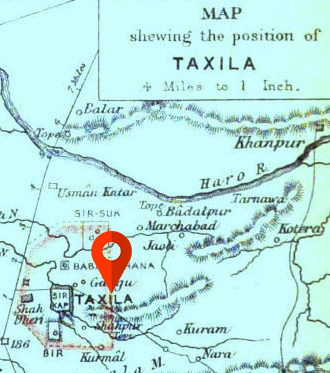
|

An important archaeological site in Punjab containing the ruins of the Gandharan city of Takshashila
Taxila is an important archaeological site in Punjab containing the ruins of the Gandharan city. Legend has it that Taksha, an ancient Indian king who ruled in a kingdom founded the city of Takshashila. Taxila had been variously a capital for many dynasties, and a centre of Vedic culture and Buddhist learning for centuries. The British archaeologist Sir John Marshall conducted excavations over a period of 20 years in Taxila. Takshashila was an early center of learning dating back to at least the fifth century B.C.E. Some consider Taxila to be an early university. Takshashila is considered a place of religious and historical sanctity by Hindus and Buddhists.
Mohra Moradu
Ancient Buddhist stupa and monastery Taxila built by the Kushans.
Jaulian Buddhist Stupa & Monastery
2nd century CE,
Double-Headed Eagle Stupa at Sirkap.
Taxila, Pakistan.
Dharmarajika stupa.
Great Stupa 2nd century CE,
Meditating Buddha
Splendid Heritage of Taxila Museum

Much of the art and artifacts in Taxila Museum are from the Gandharan era of the 1st and 7th centuries.
Archaeological Museum, Taxila is situated 0.5 Kilometres northeast of Taxila Railway Station and 35 kilometres North West of Islamabad. Its foundation stone was laid in 1918 by Lord Chelmsford, the then Viceroy and Governor-General of British India, while the opening ceremony was performed by Sir Muhammad Habibullah, Member for Education on 5th April, 1928. Over seven thousand rare and preserved objects have been displayed in the Museum. Archaeological excavation at Taxila were carried out between the years 1913 and 1934 by Sir John Marshall, then the Director General of Archaeological Survey of British India. After Independence, Pakistani Archaeologists who unearthed hitherto unknown antiquity of this city.

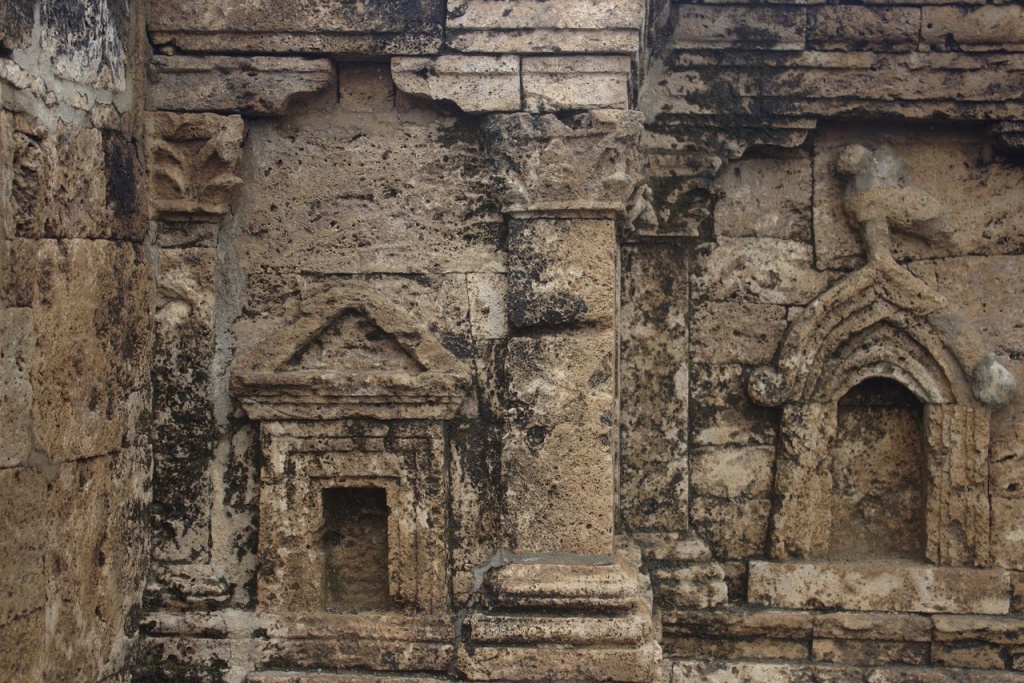
Sirkap –Taxila's ancient metropolis
Taxila’s reflect the multicultural nature of the Indo-Greek kingdom
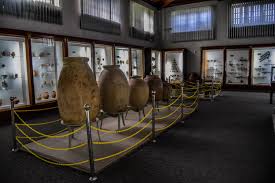
Taxila Museum-more than 1,400 stone artifacts
Taxila Museum — a treasure trove of Gandhara civilisation
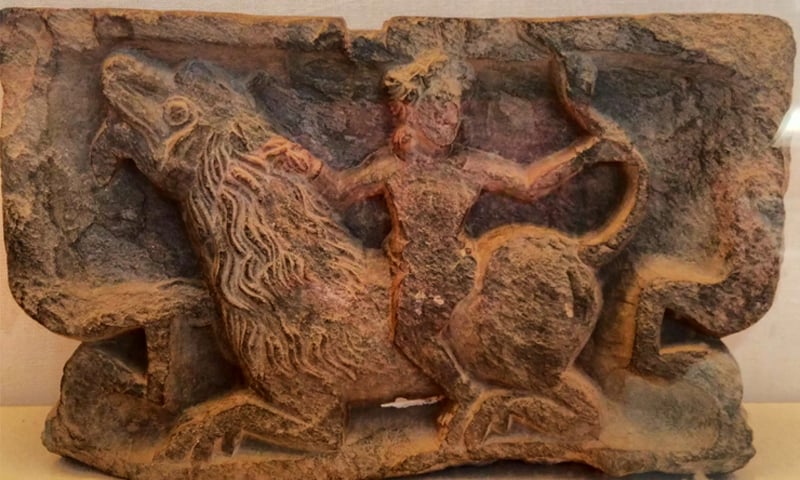
HERITAGE: THE ART OF GANDHARA
The artefacts found from the site of Taxila show uniformity of cultural traditions




Want to book a tour to Taxila?
Whether you’re off for a study tour, family trip, or an all-inclusive holiday. TDCP will plan your trip simple and affordable. We offer an amazing archaeological day tour to Taxila ancient city from Lahore or Islamabad. The tour involves various archaeological sites including Mohra Murado which was once very famous monk monastery during 3rd to 5th centuries. The tour attractions involve Jaulian Buddhist Monastery, Sirkap and Taxila. Museum. We may add nearby attractions.
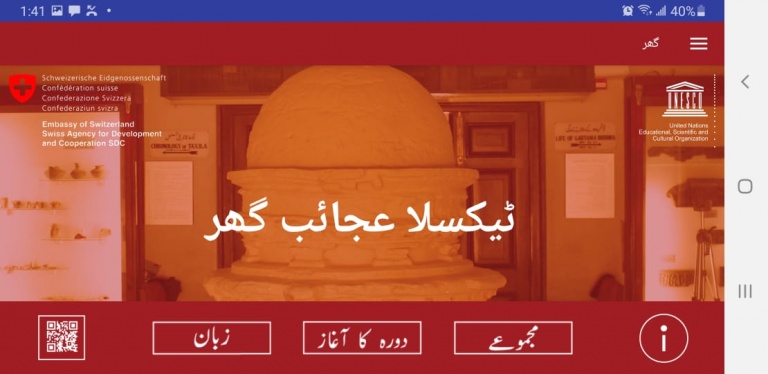
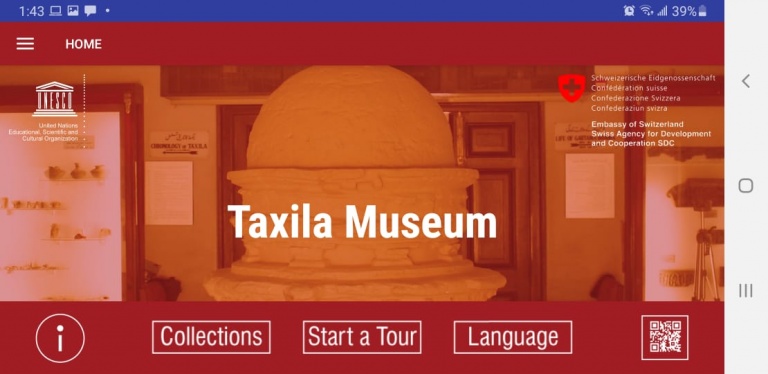
 Download APP: Taxila Museum.
Download APP: Taxila Museum.
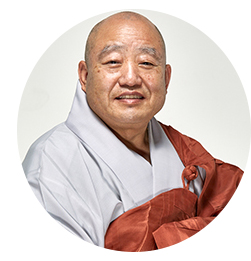

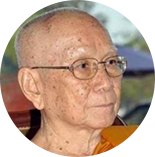
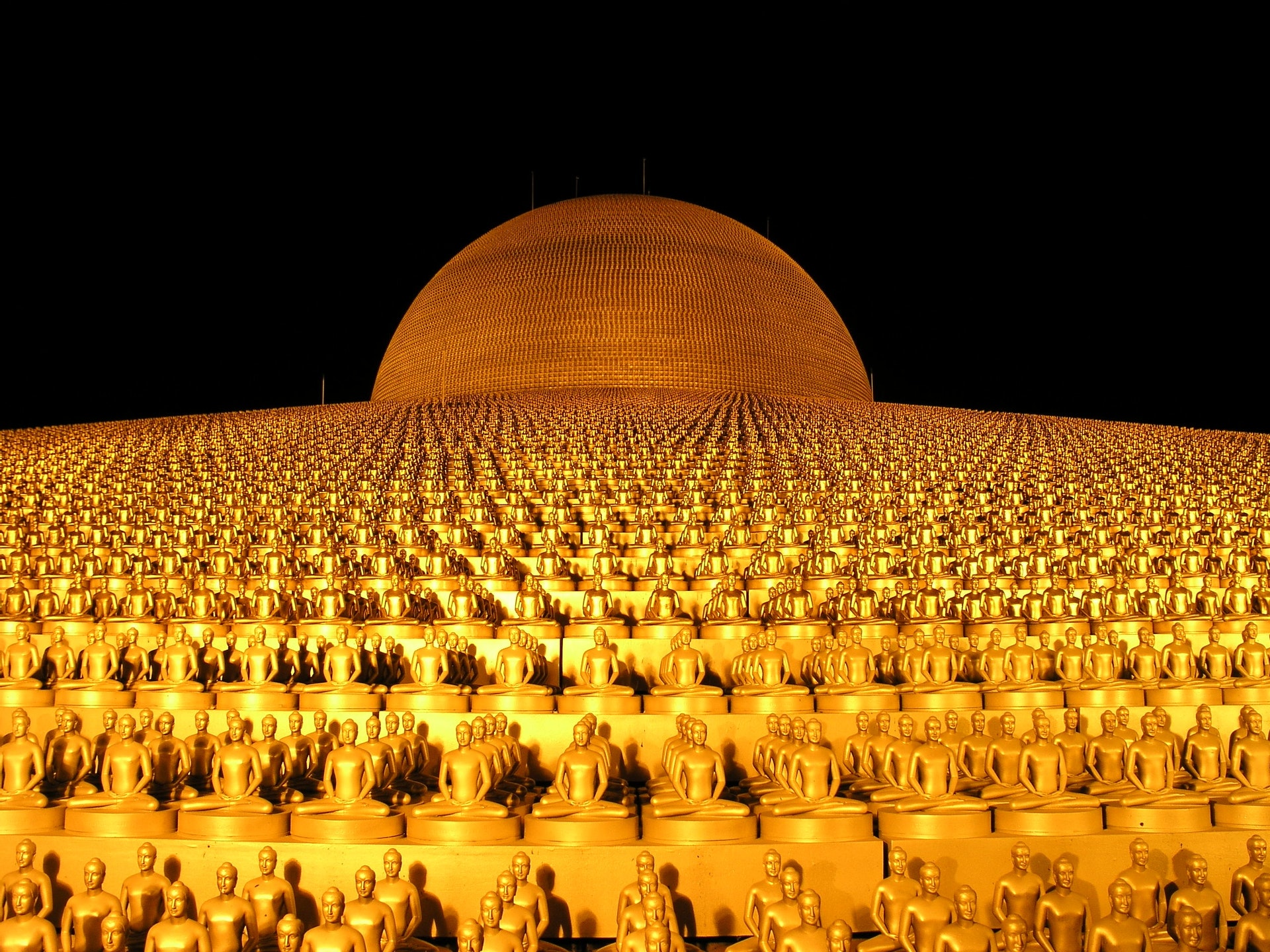
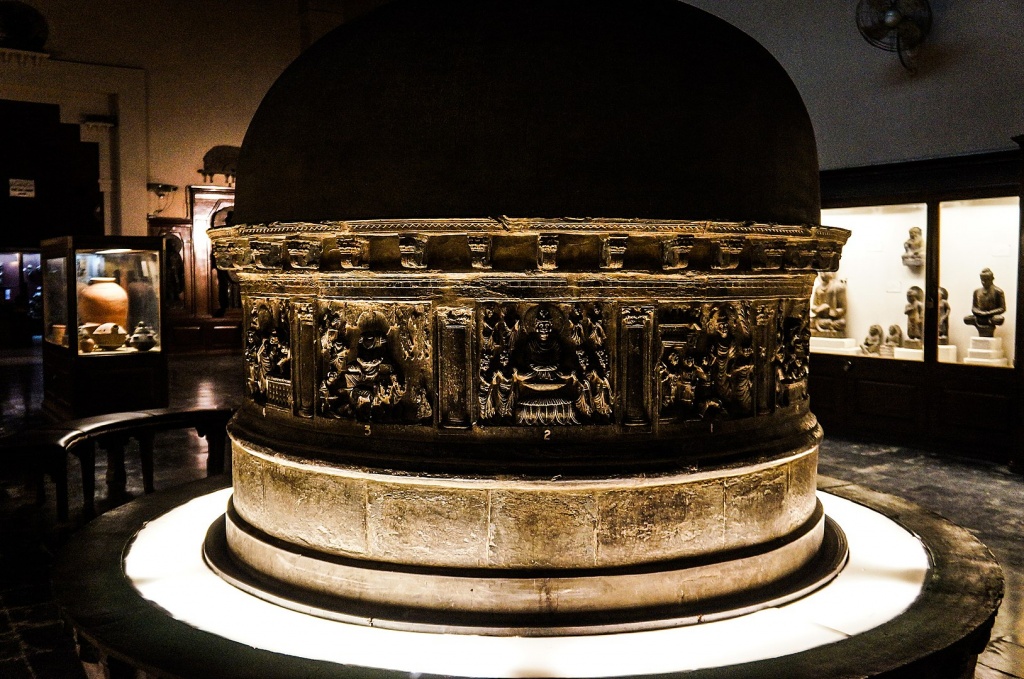
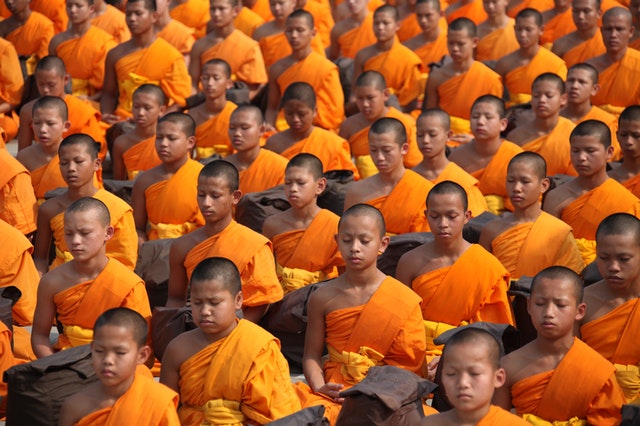


- Taxila: World History Encyclopaedia.
- “Pakistan, a cradle of the world oldest civilizations”
- Footprints: the myth of the present
- Taxila Museum — a treasure trove of Gandhara civilisation. Amjad IqbalPublished in DAWN.
- A case for Gandhara. Daily DAWN. Shazia Rafi -Published February 19, 2015
- Why is great philosopher Kautilya not part of Pakistan’s historical consciousness? DAWN
- Heritage: The Art of Ghandhara published in DAWN
- Heritage: the art of Gandhara by Shazia Tasneem Farooqi Published in DAWN, February 25, 2018
- ‘Pakistan is an attraction for Korean Buddhist pilgrims’ by Amjad Iqbal Published in DAWN Nov 23, 2019
- Piplan: a hidden jewel of ancient Taxila by Amjad Iqbal Published in DAWN January 21, 2018.
- Gandhara heritage at mercy of stone crushers Published in DAWN June 8, 2015
- Third century BC stupa discovered at ancient Buddhist site by Amjad Iqbal, DAWN May 9, 2015.
- Jandial — a Zoroastrian temple in heart of Buddhist civilisation by Amjad Iqbal Published in DAWN 12 Jul, 2015
- Hindushahi Dynasty
- Jaulian university — a remnant of Gandhara heritage by Amjad Iqbal Published in DAWN June 2, 2019.
- ‘Pakistan could receive millions of religious tourists annually’ DAWN January 20, 2017
- Chinese envoy visits Taxila Museum DAWN Published May 13, 2019
- Taxila artisans facing a bleak future by Amjad Iqbal Published in DAWN August 13, 2017.
- Korean historian on road trip to Bangladesh visits Taxila DAWN October 3, 2018.
- Taxila’s artisans switching to other trades by Amjad Iqbal Published August 18, 2019 DAWN
- New discoveries at old Taxila site DAWN Published July 1, 2011
- Vesak festival observed in Taxila DAWN May 31, 2016
- The Buddha Remains: Heritage Transactions in Taxila, Pakistan by Hassan Asif ,Trinidad Rico, Online: 22 April 2017
- Archaeologist in Pakistan Unearth World’s Oldest ‘Sleeping Buddha’ Statue, India West Newspaper, Nov 16, 2017
- Taxila Bhir, Livius org. Articles on ancient history
- Taxila, Livius org. Articles on ancient history
- Evolving artistic traditions published in Statesman by Shazia Tasneem Farooqi | March 18, 2018
- Hindu, Jain and Buddhist architectural heritage of Pakistan, wikiwand
- Cradle Of Civilisation published in Nation Newspaper
- Cultural Tourism in Lahore and Peshawar UNESCO Book Download PDF,
- Buddhist leader calls Pakistan visit ‘spiritually stimulating’

